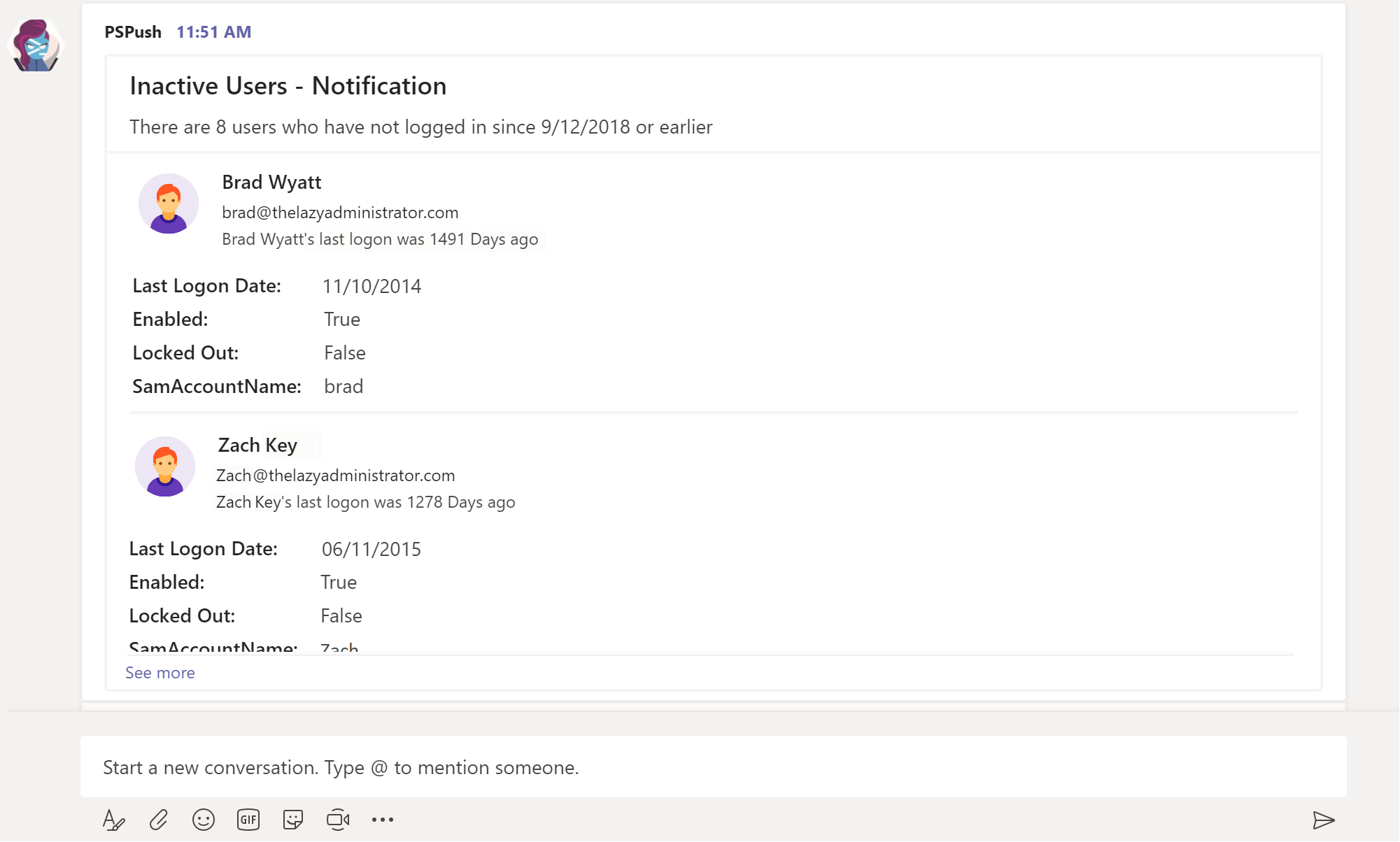Set Corporate Lock Screen Wallpaper with Intune for Non Windows 10 Enterprise or Windows 10 Education Machines
In my previous article I showed you how you can leverage PowerShell and Intune to set a computers wallpaper even if the OS was not Enterprise or Education. Currently, If you want to set the wallpaper or lock screen wallpaper via Intune Policies, you must be on either Enterprise or Education. In this article I will show you how you can leverage PowerShell and Intune, and set your own lock screen wallpaper no matter the version.
In my example I will use Intune to set the lock screen image of my end user machines to the following image:
First, we need to create a PowerShell script that will do the following:
- Download the wallpaper
- Store the wallpaper locally on the target machine
- Set the lock screen wallpaper
In my example, I want to set my wallpaper as the following image: https://www.thelazyadministrator.com/wp-content/uploads/2019/07/nicewall.jpg, which will be named wallpaper_LazyAdmin.jpg and stored at … Continue...




